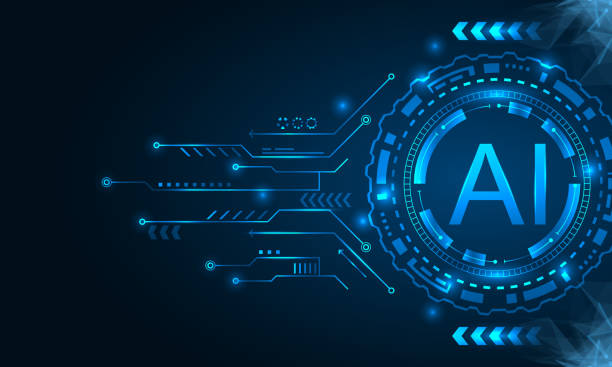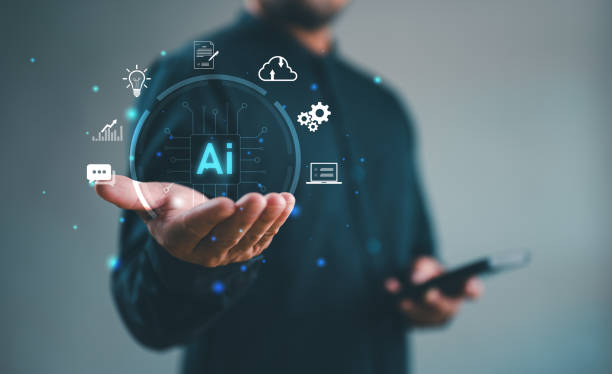What is On-Page SEO and Why is it Important?
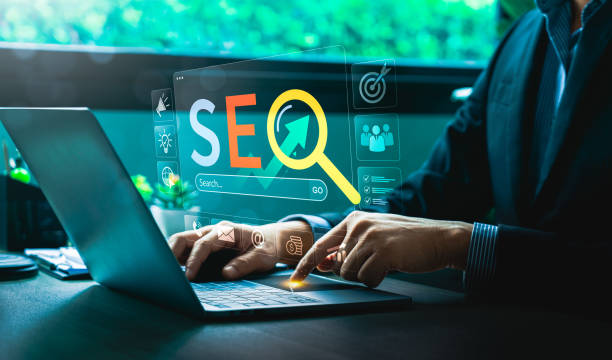
What is On-Page SEO and Why is it Important?
#On-Page SEO, also known as Internal SEO, is a set of techniques and actions taken to optimize website pages to improve ranking in Google search results and other search engines.
The main goal of On-Page SEO is to increase the relevance and value of website pages for users and search engines.
SEO.
In fact, On-Page SEO helps search engines better understand page content and index it correctly.
The importance of On-Page SEO in the success of a website is undeniable.
By optimizing various page elements, including titles, meta descriptions, content, images, and URL structure, a website’s ranking in search results can be significantly improved.
This leads to increased organic traffic, increased brand awareness, and ultimately increased sales and revenue.
In today’s competitive world, investing in On-Page SEO is a necessity, not an option.
Is your current e-commerce site design causing you to lose customers and sales?
Rasaweb is your solution with modern and user-friendly e-commerce website designs!
✅ Significantly increase conversion rates and sales
✅ Build strong branding and gain customer trust
⚡ Get a free e-commerce website design consultation from Rasaweb!
Keyword Research – The Cornerstone of On-Page SEO
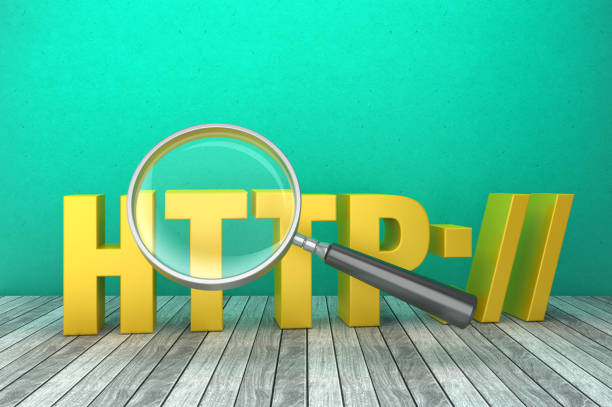
Keyword Research – The Cornerstone of On-Page SEO
Keyword research is the process of identifying words and phrases that users search for in search engines to find information related to your business.
These keywords should be used in your website content to show search engines that your website is relevant to user needs.
Various tools are available for keyword research, such as Google Keyword Planner, Ahrefs, and SEMrush.
Choosing the right keywords requires careful analysis of search volume, competition, and relevance to website content.
After identifying keywords, you should strategically use them in various page elements, including the page title (Title Tag), meta description (Meta Description), main headings (H1-H6), main text, and image alt text (Alt Text).
Avoid overusing keywords (Keyword Stuffing), as this can lead to penalties for your website by search engines.
Balancing keyword usage with providing valuable and relevant content is key to On-Page SEO success.
Optimizing Page Title (Title Tag) and Meta Description
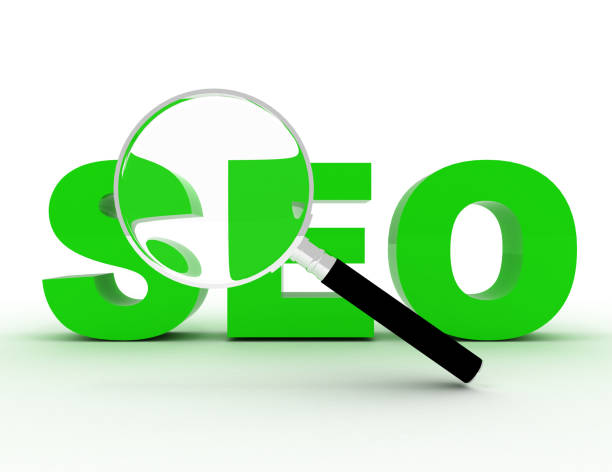
Optimizing Page Title (Title Tag) and Meta Description
The page title (Title Tag) and meta description (Meta Description) are two important elements in On-Page SEO that are displayed in search results.
The page title is the main title of the page shown at the top of the browser and in search results.
The meta description is a short summary of the page content displayed below the page title in search results.
Optimizing these two elements can significantly increase the click-through rate (CTR).
To optimize the page title, you should use the page’s main keyword in the title.
The title should be engaging, concise, and descriptive, with a maximum of 60 characters.
To optimize the meta description, provide an engaging and relevant summary of the page content and use the main keyword in the description.
The meta description should have a maximum of 160 characters.
Using secondary keywords and encouraging users to click can also be effective in improving CTR.
| Element | Description |
|---|---|
| Page Title (Title Tag) | The main title of the page displayed at the top of the browser and in search results. |
| Meta Description | A short summary of the page content displayed below the page title in search results. |
Content Optimization – The King of SEO
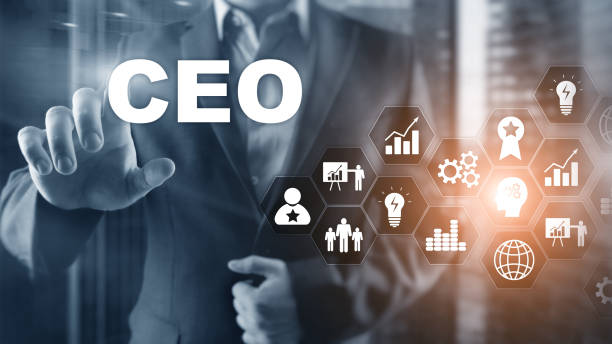
Content Optimization – The King of SEO
Content is the most important factor in On-Page SEO.
High-quality, valuable, and relevant content can attract users and keep them on your website for longer.
Quality content can also show search engines that your website is a valuable and authoritative resource.
Creating engaging content and diverse content, such as articles, videos, infographics, and podcasts, can help improve your website’s ranking in search results.
To optimize content, you should use keywords naturally and relevantly within the text.
The content should be readable, organized, and free of grammatical and spelling errors.
Using subheadings (H2-H6), bullet points, and images can help improve content readability.
Also, content should be regularly updated to remain fresh and relevant for users and search engines.
Effective On-Page SEO is tied to producing valuable content.
Tired of your company’s website not being seen as it should be, losing potential customers? Solve this problem forever with professional and effective website design by Rasaweb! ✅ Increase brand credibility and gain customer trust ✅ Attract targeted sales leads ⚡ Contact us now for a free consultation!
Image Optimization – Beyond Visual Appeal
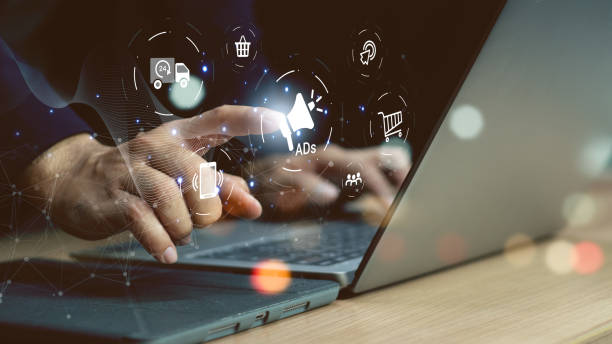
Image Optimization – Beyond Visual Appeal
Images can play an important role in attracting user attention and improving user experience.
However, large and unoptimized images can slow down page loading speed and negatively impact On-Page SEO.
To optimize images, you should save them in an appropriate format (such as JPEG or PNG) and reduce their size as much as possible.
Use online image compression tools or image editing software to reduce image size.
In addition, you should use alt text (Alt Text) to describe images.
Alt text helps search engines understand image content and is also accessible to users who cannot see images (such as visually impaired users).
Alt text should be concise, descriptive, and relevant to the page content.
Using relevant keywords in alt text can also help improve On-Page SEO.
Image optimization is an important part of an On-Page SEO strategy.
URL Structure – Readability for Users and Search Engines
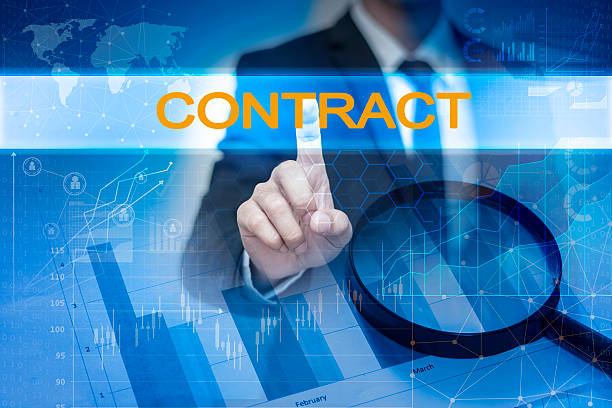
URL Structure – Readability for Users and Search Engines
URL (Uniform Resource Locator) structure plays an important role in On-Page SEO.
A URL is a web address used to identify a web page on the internet.
Optimized URLs are readable, concise, and descriptive.
A good URL should include the page’s main keyword and have a logical structure.
Avoid using special characters, numbers, and uppercase letters in your URL.
For example, instead of using an unclear URL like `example.com/page?id=123`, use a descriptive URL like `example.com/blog/seo-internal`.
The URL structure should be hierarchical and reflect your website’s structure.
Using hyphens (-) instead of underscores (_) in URLs is recommended.
Optimized URLs are not only more understandable for search engines but also more memorable for users.
Strong On-Page SEO requires optimized URLs.
Page Loading Speed – User Experience and Ranking
![]()
Page Loading Speed – User Experience and Ranking
Page loading speed is an important factor in On-Page SEO and user experience.
Users who have to wait a long time for a web page to load are likely to leave your website and go to another one.
This can lead to an increased bounce rate and a decreased ranking for your website in search results.
Optimizing page loading speed can help improve user experience and increase your website’s ranking.
To improve page loading speed, you can use various techniques, such as image optimization, enabling Gzip compression, using Content Delivery Networks (CDNs), reducing the number of HTTP requests, and optimizing HTML, CSS, and JavaScript code.
Using page speed testing tools like Google PageSpeed Insights and GTmetrix can help you identify speed issues and provide improvement solutions.
| Factor | Description |
|---|---|
| Image Optimization | Reducing image size without compromising quality. |
| Gzip Compression | Compressing website files to reduce data transfer size. |
| Content Delivery Networks (CDNs) | Storing website content on various servers worldwide for faster user access. |
Internal Links – Creating a Logical Website Structure

Internal Links – Creating a Logical Website Structure
Internal links are links that point from one page on your website to another page on the same website.
Internal links play an important role in creating a logical website structure, improving user navigation, and distributing SEO authority (Link Juice) among different pages.
By using internal links, you can help search engines identify and index your important website pages.
To effectively use internal links, you should place links naturally and relevantly within the text.
Use descriptive anchor text relevant to the destination page.
Avoid linking to irrelevant pages and over-linking.
Internal links should be designed to help users easily navigate your website and find the information they need.
Successful On-Page SEO requires a proper internal link structure.
Are you dissatisfied with the low sales of your e-commerce site?
Rasaweb is your solution for having a professional and high-selling e-commerce website.
✅ Significantly increase sales and revenue
✅ Easy and enjoyable shopping experience for customers
⚡ Get a free consultation from Rasaweb now!
Website Responsiveness – Compatibility with Different Devices
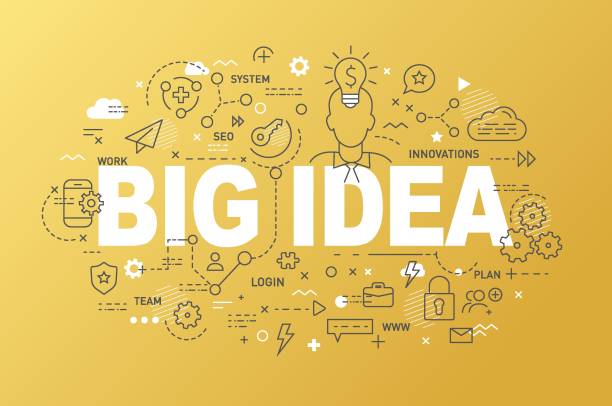
Website Responsiveness – Compatibility with Different Devices
With the increasing use of mobile devices, website responsiveness (Responsive Design) has become especially important.
A responsive website is a website that automatically adapts to the screen size of different devices (such as smartphones, tablets, and desktop computers).
Google and other search engines prioritize responsive websites because they provide a better user experience.
If your website is not responsive, you should make it responsive as soon as possible.
You can use CSS frameworks like Bootstrap or Foundation to create a responsive website.
Also, you can use website responsiveness testing tools to check how your website appears on different devices.
Responsive design is a crucial factor in modern On-Page SEO.
On-Page SEO pays more attention to user experience than ever before.
Technical SEO – The Infrastructure of On-Page SEO

Technical SEO – The Infrastructure of On-Page SEO
Technical SEO involves optimizing the technical aspects of your website to improve crawlability and indexability by search engines.
This includes things like creating an XML sitemap, optimizing the robots.txt file, fixing 404 errors, using HTTPS protocol, and improving website structure.
Technical SEO helps search engines easily crawl your website and understand its content.
Proper implementation of Technical SEO provides a strong foundation for On-Page SEO.
Without a strong technical foundation, your On-Page SEO efforts may not yield the desired results.
Regularly check your website for technical issues and fix them as soon as possible.
On-Page SEO and Technical SEO are two sides of the same coin.
On-Page SEO alone is not enough and requires a strong technical infrastructure to achieve the best results.
On-Page SEO is for your site to be seen more.
Optimizing On-Page SEO helps you get a good ranking in Google.
With the help of On-Page SEO, you can increase your site’s traffic.
On-Page SEO can lead to branding.
On-Page SEO is the key to your success in digital marketing.
On-Page SEO is very important.
To reach the first page of Google, strengthen your site’s On-Page SEO.
For a successful online business, take On-Page SEO seriously.
By implementing principled On-Page SEO, attract more customers.
On-Page SEO is a long-term investment.
On-Page SEO can lead to more sales.
Frequently Asked Questions
| Question | Answer |
|---|---|
| What is On-page SEO? | On-page SEO refers to a set of actions performed within a website and on its page content to achieve a better ranking in search results. |
| Why is On-page SEO important for a website? | On-page SEO helps search engines better understand your page content and assess its importance. It also provides a better user experience for visitors. |
| What are the most important On-page SEO factors? | Key factors include keyword optimization, content quality, Title Tag, Meta Description, URL structure, heading tags (H1-H6), internal linking, and image optimization. |
| What role does the Title Tag play in On-page SEO? | The Title Tag is one of the most important On-page SEO factors that displays your page title in search results and browser tabs. It should include the main keyword and be engaging. |
| What is the importance of Meta Description in On-page SEO? | The Meta Description provides a summary of the page content, and although it does not directly affect ranking, it can increase the click-through rate (CTR) by encouraging users to click. |
| How are keywords used in On-page SEO? | Keywords are phrases that users use to search for information in search engines. Proper and natural use of them in content helps the search engine determine the page’s topic. |
| What is internal linking and what is its benefit in On-page SEO? | Internal linking means creating links between different pages of a website. This helps distribute page authority, assists search bots in crawling, and improves user experience. |
| How does image optimization affect On-page SEO? | Image optimization includes compressing size, using appropriate Alt tags, and proper file naming. This improves page loading speed and helps search engines understand image content. |
| What does quality content mean in On-page SEO? | Quality content means content that is comprehensive, accurate, unique, up-to-date, and user-friendly, and that addresses users’ needs. |
| What role does URL structure play in On-page SEO? | Readable, short, and keyword-rich URLs help search engines and users better understand page content and improve the user experience. |
And other services of Rasa Web advertising agency in the field of advertising
- Smart Sales Automation: Revolutionize customer acquisition with the help of Google Ads management.
- Smart Website Development: An innovative platform to enhance customer acquisition through intelligent data analysis.
- Smart Direct Marketing: A blend of creativity and technology for campaign management through key page optimization.
- Smart Sales Automation: Designed for businesses seeking to analyze customer behavior through an SEO-driven content strategy.
- Smart Content Strategy: A blend of creativity and technology to increase sales through the use of real data.
And over hundreds of other services in the field of internet advertising, advertising consulting, and organizational solutions
Internet Advertising | Advertising Strategy | Advertorials
Resources
Naghshe’s Comprehensive On-Page SEO Guide
Introduction to Iranian SEO Tools
HostIran’s Key Technical SEO Tips
SeoSaz’s Local SEO Strategy
? To be seen and grow your business in the digital world, Rasaweb Afarin is your best companion. From professional WordPress website design to search engine optimization (SEO) and intelligent social media management, we provide everything you need for your online brilliance with high expertise and experience. Let your business shine powerfully in the web space and achieve its high goals.
📍 Tehran, Mirdamad Street, next to Bank Markazi, Kazerun Jonubi Alley, Ramin Alley, No. 6


